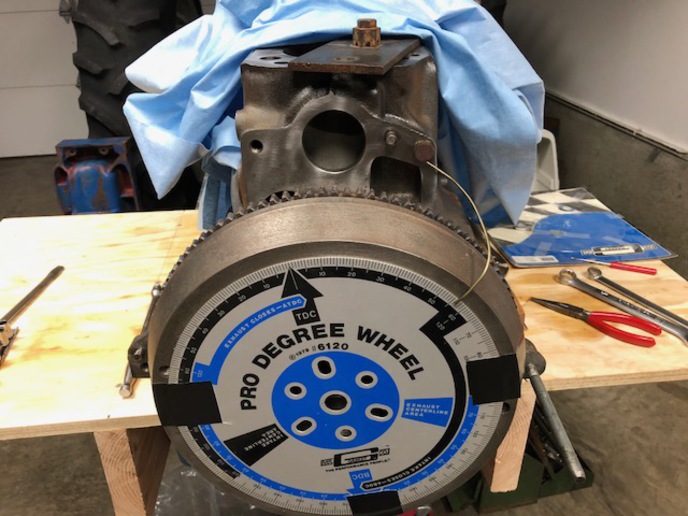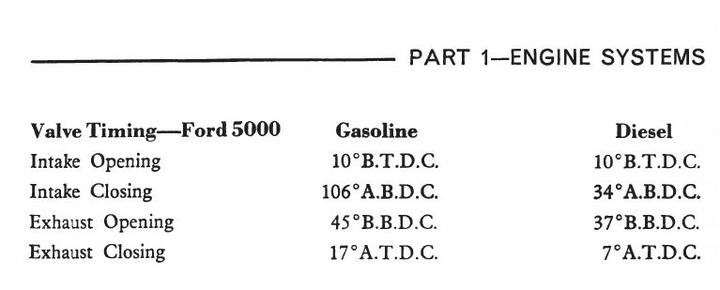There are plenty of ways to find TDC this is what I like to do... You could put you indicator on an exhaust are intake valve while its on overlap (On The Rock). I have used this to confirm valve timing 100's of times I have used this when no timing marks were to be found are in question.
https://forums.yesterdaystractors.com/viewtopic.php?t=1399069&highlight=rock
If you could set up two dial indicators one on intake ans one on the exhaust you could nail it dead nuts...
I am applying this to a Ford Flathead for reference...
Let me state this so you wan't think I am dreaming it up...
A old mechanic/machine shop operator, X sailor born again christian, Dragon slayer once told me...
An old trick to see if valve timing is right on a flat head would be to remove the head or lifter cover and bring #1 cyl up to compression stroke. While you are rotating the engine coming up on #1 TDC, #4 should be on overlap (exhaust valve closing, intake valve opening). This should happen right on TDC #1. If a valve on #4 is wide open or doing nothing at all, the valve timing is off... weather it's the cam gear . crank, gear or key way, broken cam,etc. The reason # 4 is the cyl in question is because that is the "middle" are Companion cyl in the firing order 1-2-4-3. The "middle cyl should always be in overlap. for instance, on a chevy the firing order is 1-8-4-3-6-5-7-2, so if we wanted to see if the valve timing was off we would look at cyl# 6 to see if it was on overlap rolling the engine over to #1 TDC. It should overlap right at #1 TDC at 0 degrees
Master this and you will never b stumped again timing a engine,,, On all n's I have seen the when the marks line up the piston will B at haft way of it travel and the crank throw at 90 deg,,, you will c this on some older Ford engines and some newer GM engines,,, its has been said that it makes for easier assy cuzz this is the location were the cam is less loaded by the valve springs,,, well theirs no load on 4 lobes at this time 4 sure
Take the time now to play with this and never B stumped again on any engine,,, The Flathead gives you the ability to c the piston valve relationship better than any engine I know of...



